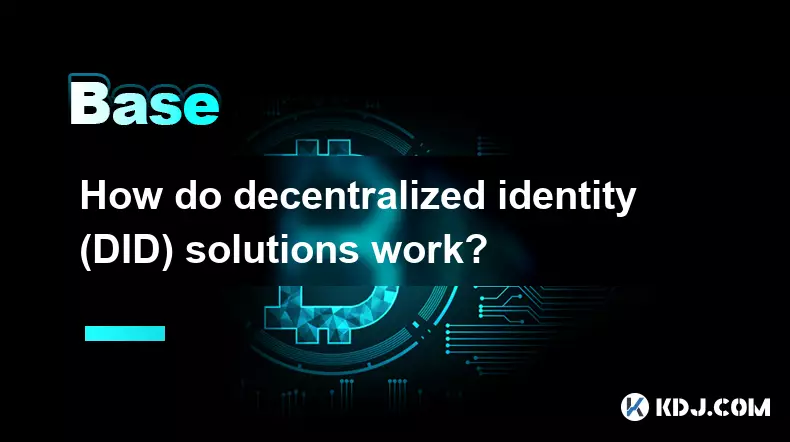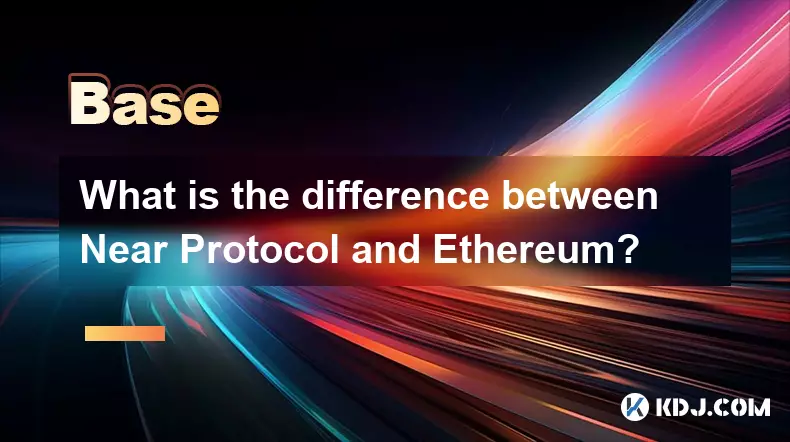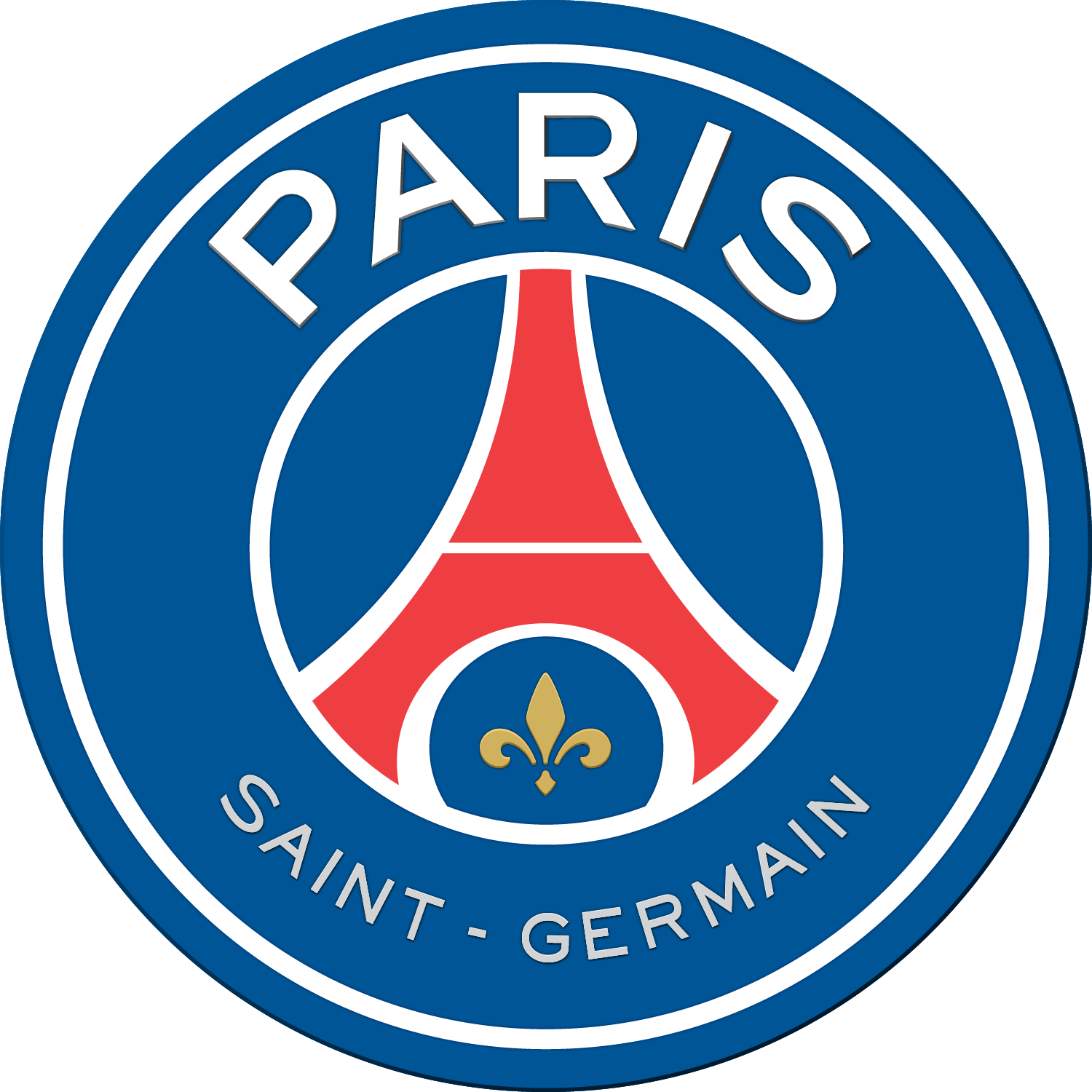-
 bitcoin
bitcoin $110311.910091 USD
1.97% -
 ethereum
ethereum $3964.172463 USD
0.34% -
 tether
tether $1.000288 USD
-0.05% -
 bnb
bnb $1098.563056 USD
-0.37% -
 xrp
xrp $2.479902 USD
4.31% -
 solana
solana $188.301025 USD
1.38% -
 usd-coin
usd-coin $0.999961 USD
0.01% -
 tron
tron $0.322477 USD
0.49% -
 dogecoin
dogecoin $0.199450 USD
2.51% -
 cardano
cardano $0.662393 USD
2.33% -
 hyperliquid
hyperliquid $37.947663 USD
1.71% -
 chainlink
chainlink $18.819081 USD
9.53% -
 ethena-usde
ethena-usde $0.999345 USD
-0.04% -
 stellar
stellar $0.323467 USD
2.06% -
 bitcoin-cash
bitcoin-cash $479.282126 USD
1.50%
What is the "fat protocol thesis"?
The fat protocol thesis argues blockchain networks like Ethereum capture economic value at the base layer via native tokens, unlike traditional internet protocols that remained "thin" in value.
Sep 02, 2025 at 05:01 pm

Understanding the Fat Protocol Thesis
1. The fat protocol thesis is a concept introduced in 2016 by Joel Monegro to describe the economic value distribution in blockchain-based ecosystems. Unlike traditional internet protocols, which remained 'thin' in value accumulation, blockchain protocols like Bitcoin and Ethereum have demonstrated the ability to capture significant economic value directly at the protocol layer.
2. In the traditional web stack, value tends to accumulate in the application layer—companies like Google, Facebook, and Amazon built massive businesses on top of open, low-value protocols such as HTTP or TCP/IP. These foundational protocols enabled innovation but did not themselves capture financial gains.
3. Blockchain protocols, by contrast, are considered 'fat' because they incorporate native tokens that can appreciate in value as network usage grows. For example, increased demand for Ethereum’s smart contract capabilities leads to higher gas fees, which in turn increases the demand for ETH, the native token.
4. This value accrual is enforced through cryptographic economics and decentralized consensus mechanisms. Users must pay in the protocol’s native token to access services, creating a direct feedback loop between usage and token value.
5. The thesis suggests that because blockchain protocols are open, trustless, and self-sustaining, they can maintain economic weight at the base layer, redistributing value in a way that earlier internet technologies could not.
Tokenization and Value Capture
1. A core mechanism behind the fat protocol thesis is tokenization. By embedding economic incentives directly into the protocol, tokens serve as both access keys and value stores.
2. When developers build decentralized applications (dApps) on Ethereum, they rely on the underlying network’s security and computational resources, paid for in ETH. This ensures that usage of higher-layer applications still drives demand for the base-layer token.
3. This contrasts sharply with Web2, where infrastructure providers rarely benefit from the success of applications built atop their systems. In Web3, every transaction on a dApp potentially reinforces the value of the underlying blockchain’s token.
4. Protocols like Uniswap or Aave issue governance tokens that give holders influence over upgrades and fee structures. These tokens gain value not only from speculation but from real utility and cash flow participation.
5. As more services are built on-chain, the protocol becomes a central hub of economic activity, with its token acting as the primary medium of exchange and store of value within that ecosystem.
Challenges to the Thesis
1. Critics argue that the fat protocol thesis has not held up over time, especially as value increasingly migrates to application-layer tokens. Projects like Chainlink, Polygon, and Solana have seen their application or platform tokens outperform base-layer assets in certain periods.
2. Layer-2 solutions and alternative Layer-1 blockchains have fragmented usage, diluting the dominance of early 'fat' protocols like Ethereum. This decentralization of value challenges the idea that one or two protocols will capture most of the economic upside.
3. Moreover, the rise of tokenized protocols that operate independently of base chains—such as oracle networks or cross-chain bridges—suggests that value can accumulate at multiple layers simultaneously.
4. Some analysts point out that scalability issues and high transaction fees on major blockchains have driven innovation off-chain or onto competing networks, weakening the feedback loop between usage and protocol token value.
5. The emergence of protocol-owned liquidity and revenue-sharing models in DeFi shows that newer designs are attempting to reinforce the fat protocol model, but their long-term sustainability remains unproven.
Implications for Investors and Developers
1. For investors, the fat protocol thesis suggests that holding native tokens of robust, widely used blockchains may offer long-term exposure to the growth of the entire ecosystem.
2. Developers choosing a blockchain platform may prioritize networks with strong economic fundamentals, where increased usage directly benefits the underlying protocol and, by extension, the stability and security of the environment.
3. Protocols that successfully align incentives across users, validators, and developers are more likely to sustain value accrual at the base layer.
4. The design of tokenomics—how tokens are distributed, used, and rewarded—plays a critical role in determining whether a protocol can remain 'fat' over time.
5. As the blockchain space evolves, hybrid models are emerging where both base protocols and application layers capture value, suggesting a more nuanced distribution than the original thesis anticipated.
Frequently Asked Questions
What is an example of a fat protocol?Ethereum is the most cited example of a fat protocol. Its native token, ETH, is used to pay for transaction fees and computational services, and its value increases as more decentralized applications are built and used on the network.
How does a protocol become 'fat'?A protocol becomes fat when its native token captures economic value through mechanisms like transaction fees, staking rewards, governance rights, and scarcity. High demand for the protocol’s services drives demand for its token.
Does Bitcoin fit the fat protocol thesis?Yes, Bitcoin fits the thesis in the context of being a value transfer protocol. Its token, BTC, appreciates as demand for secure, decentralized digital gold increases, even though it supports fewer application layers compared to Ethereum.
Has the fat protocol thesis been disproven?It has been challenged but not entirely disproven. While application-layer tokens have gained prominence, base-layer protocols still play a central role in value settlement and network security, maintaining their economic significance in the broader ecosystem.
Disclaimer:info@kdj.com
The information provided is not trading advice. kdj.com does not assume any responsibility for any investments made based on the information provided in this article. Cryptocurrencies are highly volatile and it is highly recommended that you invest with caution after thorough research!
If you believe that the content used on this website infringes your copyright, please contact us immediately (info@kdj.com) and we will delete it promptly.
- Crypto Coins: Ethereum, Solana, and the Rise of AI in 2025
- 2025-10-21 08:45:16
- TRON's Stablecoin Empire: Cross-Chain Expansion and Blockchain Innovations
- 2025-10-21 08:45:16
- Shiba Inu, AlphaPepe, Presale: The Meme Coin Evolution
- 2025-10-21 08:50:01
- Dogecoin, Whales, and Bullish Alternatives: What's the Deal?
- 2025-10-21 08:50:01
- Shohei Ohtani, World Series, and Baseball Fever: A Los Angeles Love Affair
- 2025-10-21 08:50:01
- Ethena's Expansion: New Products and Team Growth on the Horizon
- 2025-10-21 08:50:12
Related knowledge

How do decentralized identity (DID) solutions work?
Oct 14,2025 at 11:36pm
Understanding Decentralized Identity in the Blockchain Ecosystem1. Decentralized identity (DID) solutions are built on blockchain networks, allowing i...

What is the difference between Near Protocol and Ethereum?
Oct 15,2025 at 08:01am
Near Protocol and Ethereum: Core Architectural Differences1. Near Protocol operates on a sharded blockchain architecture known as Nightshade, which al...

What does it mean for code to be "open source" in crypto?
Oct 12,2025 at 01:54pm
Understanding Open Source in the Cryptocurrency Ecosystem1. In the context of cryptocurrency, open source refers to software whose code is publicly ac...

What is the purpose of a "testnet"?
Oct 12,2025 at 09:01am
Understanding the Role of Testnets in Blockchain Development1. A testnet serves as a parallel version of a blockchain network, designed specifically f...

How to avoid phishing scams in crypto?
Oct 13,2025 at 06:18pm
Understanding Common Crypto Phishing Tactics1. Cybercriminals frequently use fake websites that mirror legitimate crypto exchanges or wallet platforms...

What is the difference between single-collateral and multi-collateral Dai?
Oct 12,2025 at 05:18pm
Understanding Single-Collateral Dai1. Single-Collateral Dai (SCD) was the original version of the Dai stablecoin launched by MakerDAO in 2017. It allo...

How do decentralized identity (DID) solutions work?
Oct 14,2025 at 11:36pm
Understanding Decentralized Identity in the Blockchain Ecosystem1. Decentralized identity (DID) solutions are built on blockchain networks, allowing i...

What is the difference between Near Protocol and Ethereum?
Oct 15,2025 at 08:01am
Near Protocol and Ethereum: Core Architectural Differences1. Near Protocol operates on a sharded blockchain architecture known as Nightshade, which al...

What does it mean for code to be "open source" in crypto?
Oct 12,2025 at 01:54pm
Understanding Open Source in the Cryptocurrency Ecosystem1. In the context of cryptocurrency, open source refers to software whose code is publicly ac...

What is the purpose of a "testnet"?
Oct 12,2025 at 09:01am
Understanding the Role of Testnets in Blockchain Development1. A testnet serves as a parallel version of a blockchain network, designed specifically f...

How to avoid phishing scams in crypto?
Oct 13,2025 at 06:18pm
Understanding Common Crypto Phishing Tactics1. Cybercriminals frequently use fake websites that mirror legitimate crypto exchanges or wallet platforms...

What is the difference between single-collateral and multi-collateral Dai?
Oct 12,2025 at 05:18pm
Understanding Single-Collateral Dai1. Single-Collateral Dai (SCD) was the original version of the Dai stablecoin launched by MakerDAO in 2017. It allo...
See all articles










































































